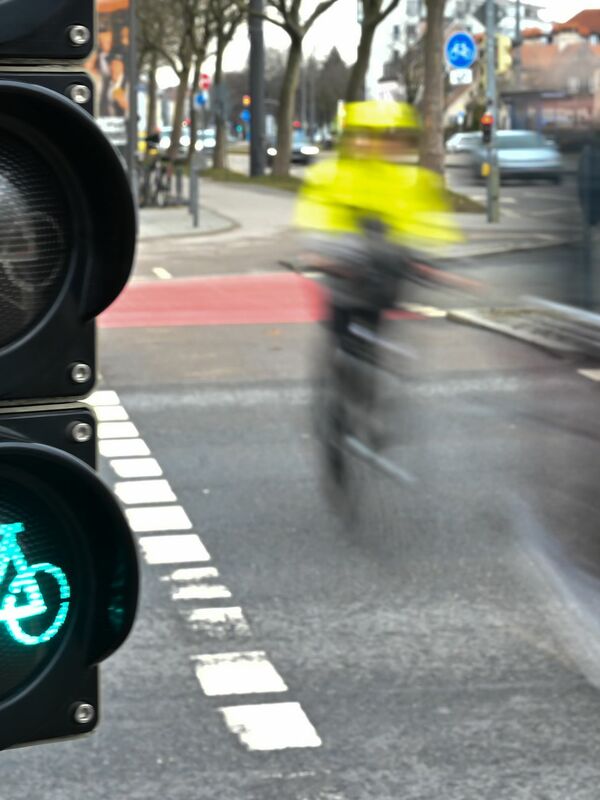The traditional bicycle has lost much of its temporary popularity since the end of the Corona pandemic. In contrast, the e-bike has stable popularity ratings, according to a survey by HUK Coburg. And thanks to the e-bike, muscle-powered locomotion on two wheels is the number two mode of transport behind the car for 26 percent of the German population.
In January and February, HUK commissioned Yougov to survey 4,101 people aged 16 and over nationwide as part of its annual mobility study. The results are therefore representative of the population across Germany, as well as all 16 federal states. The main question asked of the participants was which means of transport would best meet their personal selection criteria for a means of transport in the coming years.
Younger people in particular disdain the traditional bicycle
What is particularly striking is the declining popularity of the traditional bicycle without an electric auxiliary motor: at the height of the pandemic in 2021, it was the means of choice for 26 percent, but in the new edition in 2024 it was only for 16 percent. For many years, e-bikes were mainly seen as a companion for the older generation, but that seems to have changed: the younger the respondents, the more pronounced the phenomenon: of 16- to 24-year-olds, only 11 percent consider the non-electric bicycle to be the best means of transport – in 2021, 28 percent of this young age group still favored the bicycle.
Popularity of e-bikes stable
There is no comparable decline in the popularity of e-bikes: in 2021, the electric bike was the most popular means of transport for eleven percent of participants at the time, and in 2024 for ten percent. “During the Corona period, limited use of buses and
“The popularity of bicycles has been greatly increased by the railways,” said HUK board member Jörg Rheinländer. “However, the e-bike seems to have
to have sustainably opened up new target groups.»
Regional differences are also noticeable: 22 percent of those surveyed in Hamburg said that they cycled or rode e-bikes more often last year than before, while in Saarland the figure was only eight percent. The national average is 14 percent, with Saarland and six federal states below this: Hesse, Thuringia, Bavaria, Saxony, Saxony-Anhalt and Rhineland-Palatinate.
Bicycle sales also declined
The results of the survey are reflected in the sales and production figures of the bicycle industry: According to the estimate published in March by the two-wheeler industry association ZIV, the number of bicycles and e-bikes in Germany increased by over ten percent to 84 million from 2018 to 2023. However, according to ZIV data, sales of conventional bicycles fell by half a million to 1.9 million units in 2023 compared to the previous year. E-bike sales figures, however, were stable at 2.1 million units, meaning that electric bikes had also overtaken traditional bicycles for the first time.


